Transitional Home Decor Guide for Timeless Style
Discover how to create the perfect transitional home decor with our comprehensive guide on blending styles, colors, and functionality for a timeless space.
Transitional Home Decor represents a harmonious blend of traditional and contemporary design elements, creating spaces that are both timeless and modern. This style is essential in today's home design landscape, offering versatility and comfort while catering to the needs of diverse lifestyles.
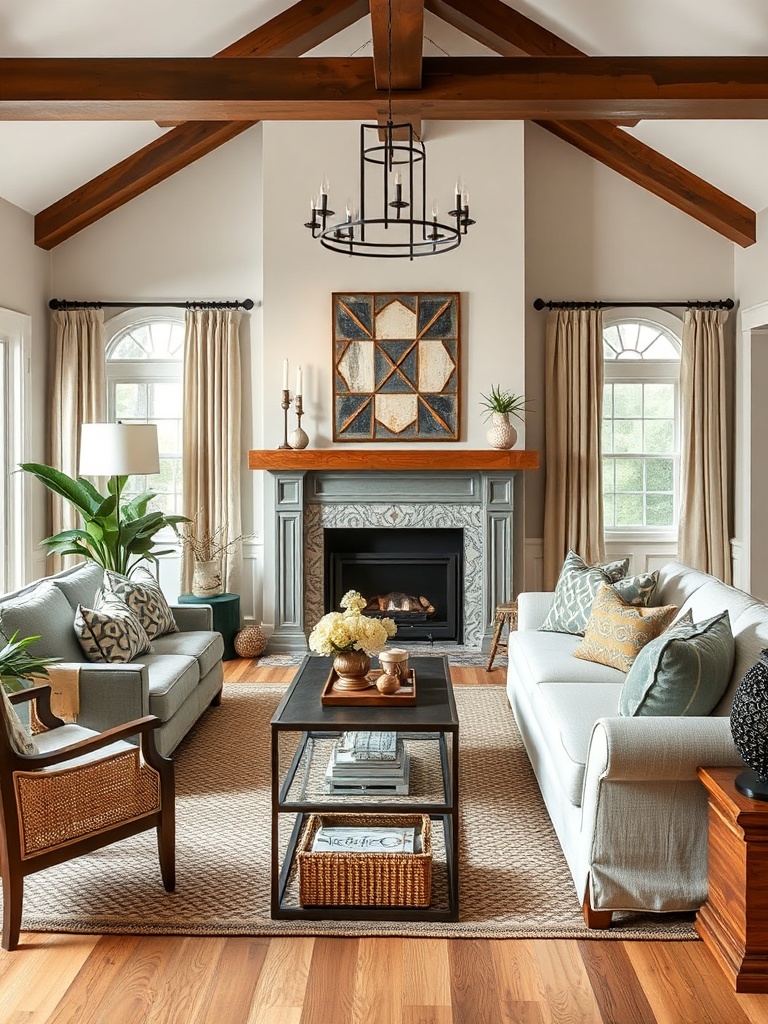
The purpose of this article is to provide readers with an in-depth understanding of transitional home decor. By the end of this guide, you will gain insights into key characteristics, color palettes, furniture selection, and more, encouraging you to embrace your creativity in transforming your home.
II. Understanding Transitional Home Decor
A. Key Characteristics
- Blend of traditional and contemporary elements
- Use of neutral color palettes
- Emphasis on comfort and functionality
B. Popular Materials Used
- Wood, metal, and soft textiles
- Importance of high-quality materials
III. Creating a Cohesive Color Palette
A. Choosing Neutral Base Colors
A neutral foundation is crucial in transitional decor, allowing for flexibility and adaptability.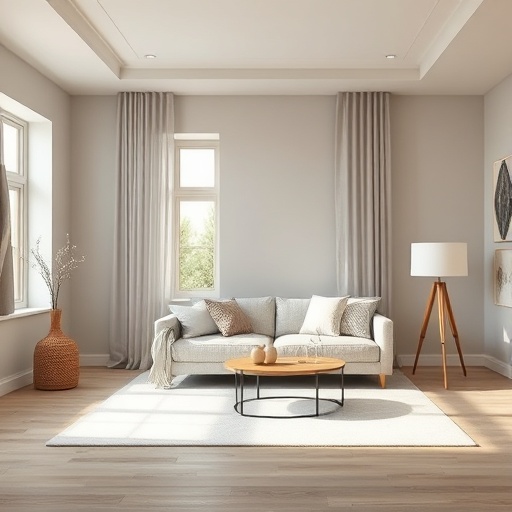
Some popular neutral shades include:
- Beige
- Gray
- White
- Greige (Gray + Beige)
B. Adding Accent Colors
Selecting accent colors can enhance the overall aesthetic of your space. Consider these tips for balancing bold and subtle hues:
- Choose one or two bold colors to complement your neutral base.
- Use accent colors in decor pieces, like cushions or artwork.
- Ensure that the accent colors reflect the mood you want to create.
IV. Selecting Transitional Furniture
A. Understanding Furniture Styles
Transitional furniture merges classic features with modern sensibilities.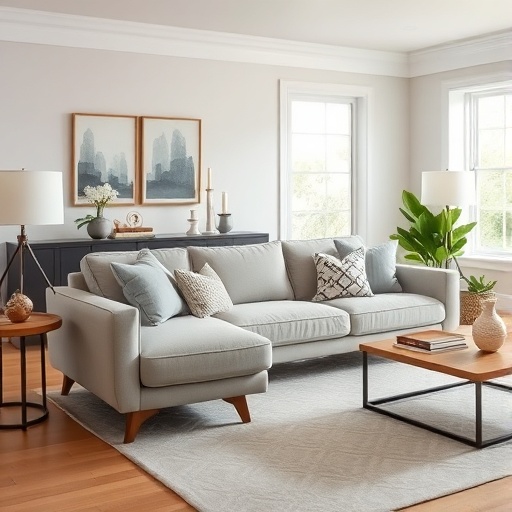
Key features include:
- Clean lines and soft curves
- Neutral fabrics with subtle patterns
- Functional yet stylish designs
Recommended styles include sofas and chairs with both traditional and contemporary elements.
B. Mixing Different Styles
Balance is essential when mixing different styles. Here are tips for selecting complementary pieces:
- Choose a unifying color palette.
- Mix textures to create depth.
- Incorporate varying heights in furniture arrangements.
V. Incorporating Textiles and Patterns
A. Importance of Textiles in Transitional Decor
Textiles play a vital role in achieving a cohesive look.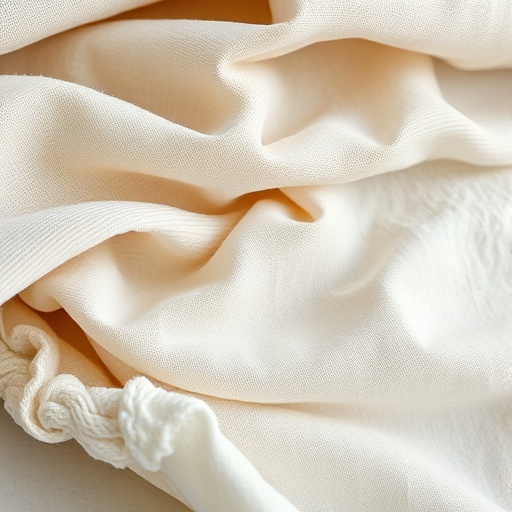
Suggested fabrics include:
- Cotton
- Linen
- Wool
B. Layering Patterns
Mixing patterns can enhance visual interest without overwhelming the space. Consider these techniques:
- Use different scales of patterns for variety.
- Limit the color palette in patterns to maintain harmony.
- Incorporate solid colors to balance busy patterns.
VI. Choosing Lighting Fixtures
A. Types of Lighting to Consider
Effective lighting enhances the transitional decor. Consider these types:
- Ambient Lighting: General illumination for the entire space.
- Task Lighting: Focused lighting for specific tasks.
- Accent Lighting: Highlighting artwork or architectural features.
B. Importance of Scale and Proportion
Selecting lighting based on room size is crucial. Here are tips on balancing fixtures with furniture:
- Choose larger fixtures for spacious rooms.
- Opt for smaller fixtures in intimate spaces.
- Ensure the height of fixtures complements the furniture layout.
VII. Adding Artwork and Decorative Accents
A. Importance of Art in Transitional Decor
Art adds personality and character to your home. Recommended art styles that fit transitional decor include:
- Abstract art
- Black and white photography
- Landscapes with soft colors
B. Selecting Decorative Accents
Decorative objects can enhance your decor.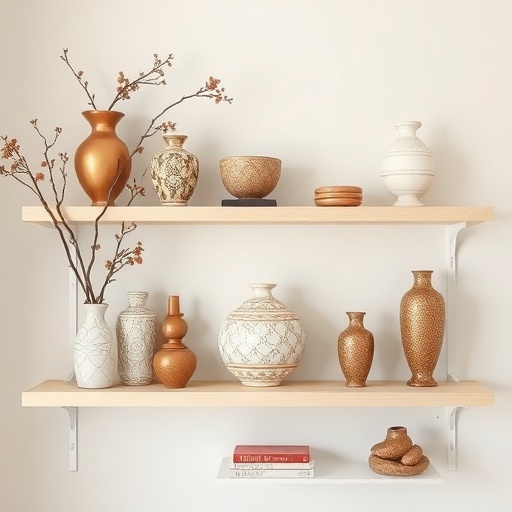
Here are ideas for accents:
- Vases
- Sculptures
- Decorative books
Tips for arranging accents harmoniously include grouping by height and color.
VIII. Creating Functional Spaces
A. Importance of Functionality in Transitional Design
Prioritizing functionality in each room is essential. Examples of multifunctional furniture solutions include:
- Sofas that convert to beds
- Ottomans with storage
- Extending dining tables
B. Tips for Optimizing Space
Maximize small areas by implementing these strategies:
- Use mirrors to create an illusion of space.
- Select furniture that fits the scale of the room.
- Ensure clear pathways for flow and accessibility.
IX. Outdoor Transitional Decor
A. Extending Transitional Style Outdoors
Maintaining a cohesive style between indoor and outdoor spaces is vital.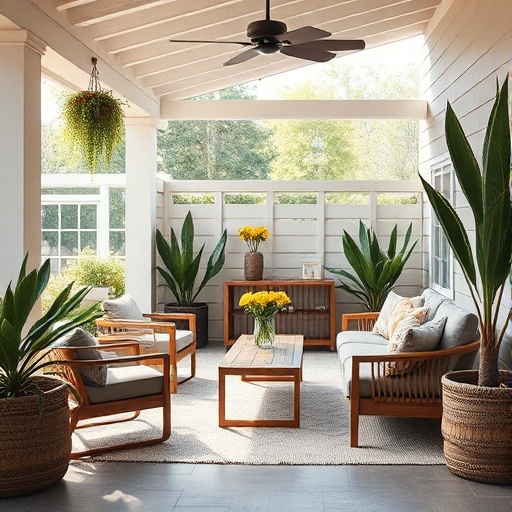
Suggestions for outdoor furniture and décor include:
- Weather-resistant fabrics
- Natural wood finishes
- Decorative planters
B. Creating Inviting Outdoor Spaces
Ideas for outdoor lighting and accessories can transform your backyard:
- String lights for ambiance
- Lanterns for a cozy feel
- Comfortable seating arrangements
X. Maintenance and Care for Transitional Decor
A. Tips for Maintaining Furniture and Textiles
Regular maintenance is essential for longevity. Recommended cleaning methods include:
- Vacuum upholstery regularly.
- Wipe down surfaces with a damp cloth.
- Follow care instructions for specific fabrics.
B. Keeping the Decor Fresh
Consider seasonal updates and rotating accents to refresh your space:
- Change throw pillows with the seasons.
- Introduce new artwork periodically.
- Swap decor pieces from other rooms for a fresh look.
XI. Conclusion
In summary, creating a transitional decor involves understanding key elements such as color palettes, furniture selection, and the importance of functionality. By embracing these principles, you can create a space that reflects your personal style and enhances your living experience.
Don't hesitate to experiment with different elements to personalize your transitional decor. Start your transformation process today, and enjoy the journey of creating a home that is uniquely yours.
Key Takeaways
- Transitional decor blends traditional and contemporary elements.
- Neutral colors serve as a foundation for versatility.
- Functionality should be prioritized in every room.
- Textiles and patterns add depth and comfort.
- Outdoor spaces can maintain a cohesive style with the indoors.
FAQ
What is transitional home decor?
Transitional home decor is a design style that combines traditional and contemporary elements, creating a balanced, harmonious space that is both stylish and functional.
How can I choose the right colors for my transitional decor?
Start with a neutral base color and then add one or two accent colors. Ensure that the colors complement each other and reflect the mood you want to create in the space.
What types of furniture are best for transitional design?
Look for furniture that features clean lines and soft curves, as well as neutral fabrics. It's also beneficial to mix different styles to create a balanced look.
How do I maintain my transitional decor?
Regular maintenance includes vacuuming upholstery, wiping down surfaces, and following care instructions for specific materials. Seasonal updates can also keep your decor fresh.
